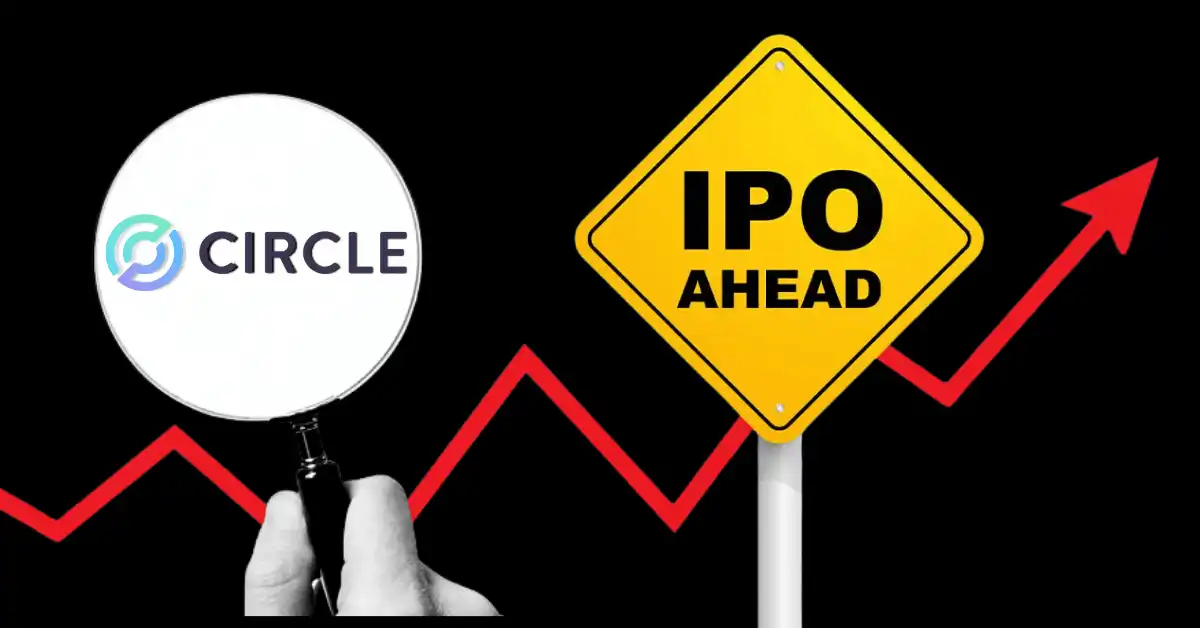Circle’s Strategic Rejection of Ripple’s Acquisition Bid
In the dynamic realm of fintech and cryptocurrency, Circle’s decision to turn down Ripple’s $5 billion acquisition offer in favor of a $10 billion Initial Public Offering (IPO) signals a significant shift. This strategic maneuver reflects Circle’s belief in its long-term value and its ambition to carve out its own path in the public market.
The Rejected Offer and Circle’s Ambitions
Ripple’s acquisition offer, valuing Circle between $4 billion and $5 billion, was deemed insufficient by the stablecoin issuer. This rejection highlights Circle’s confidence in its market potential and its desire to go public on its own terms. The decision is not merely about financial valuation but also about strategic positioning within the fintech ecosystem. Circle envisions transforming from a stablecoin issuer into a comprehensive payment network, akin to a hybrid of SWIFT and Visa. Achieving this vision requires a substantial valuation to support its ambitious goals.
Financial Performance and Market Position
Circle’s financial performance in 2024 provides a robust foundation for its IPO ambitions. The company generated $1.6 billion in revenue and $157 million in net income, primarily from interest earned on USDC reserves. This financial strength, coupled with favorable regulatory shifts and rising investor confidence, makes a $10 billion IPO valuation entirely plausible. Circle’s performance closely tracks interest rate movements, indicating a resilient and adaptable business model. This financial health is crucial for attracting investors and achieving the desired valuation.
Ripple’s Strategic Moves and Circle’s Response
Ripple’s acquisition bid was part of its broader strategy to expand its footprint in the stablecoin sector. However, Circle’s rejection signals its intention to remain independent and pursue its own strategic vision. Ripple’s bid may have been a strategic move to gain a competitive edge, but Circle’s focus on its IPO and long-term value suggests a different trajectory. Circle’s decision to prioritize its IPO over Ripple’s offer underscores its confidence in its market position and future growth prospects.
The Path to a $10 Billion Valuation
Circle’s ambition to achieve a $10 billion valuation hinges on several key factors:
– Regulatory Clarity: Recent regulatory developments have provided Circle with the clarity needed to proceed with its IPO. This regulatory tailwind is crucial for investor confidence and market valuation. As regulatory frameworks become more defined, Circle can operate with greater certainty and attract more investors.
– Political Momentum: The fintech sector is experiencing a surge in political momentum, with policymakers increasingly recognizing the importance of digital currencies and blockchain technology. This momentum bodes well for Circle’s IPO and long-term growth. As governments and regulatory bodies embrace fintech, Circle can leverage this support to drive its expansion.
– Investor Confidence: The fintech sector is witnessing a resurgence in public listings, with investors showing renewed interest in innovative financial technologies. Circle’s strong financial performance and strategic vision make it an attractive proposition for investors. As investor confidence grows, Circle can secure the necessary funding to achieve its $10 billion valuation.
The Strategic Importance of the IPO
Circle’s IPO is not just about raising capital; it is about establishing itself as a leading player in the fintech and cryptocurrency sectors. An IPO at a $10 billion valuation would position Circle as a major force in the stablecoin market, with the financial resources and market presence to drive innovation and growth. This strategic move would also provide Circle with the flexibility to pursue acquisitions and partnerships, further enhancing its competitive position. By going public, Circle can tap into a broader investor base and secure the funding needed to execute its long-term vision.
The Future of Circle and the Fintech Landscape
Circle’s decision to reject Ripple’s offer and pursue an IPO reflects a broader trend in the fintech sector, where companies are increasingly prioritizing independence and long-term strategic vision. This trend is likely to shape the future of the fintech landscape, with companies like Circle leading the way in innovation and market leadership. The fintech sector is poised for significant growth, and Circle’s IPO could be a catalyst for further innovation and investment in the sector. As more companies follow Circle’s lead, the fintech landscape will become more dynamic and competitive, driving further advancements in financial technology.
Conclusion: A New Era for Circle
Circle’s rejection of Ripple’s acquisition offer and its pursuit of a $10 billion IPO mark a significant milestone in the company’s journey. This strategic move underscores Circle’s confidence in its long-term value and its ambition to shape its own future in the public market. As Circle prepares for its IPO, it is poised to become a major force in the fintech and cryptocurrency sectors, driving innovation and growth in the years to come. The fintech landscape is evolving rapidly, and Circle’s strategic decisions will play a crucial role in shaping its future. With a clear vision and strong financial foundation, Circle is well-positioned to lead the next wave of innovation in the fintech industry.












